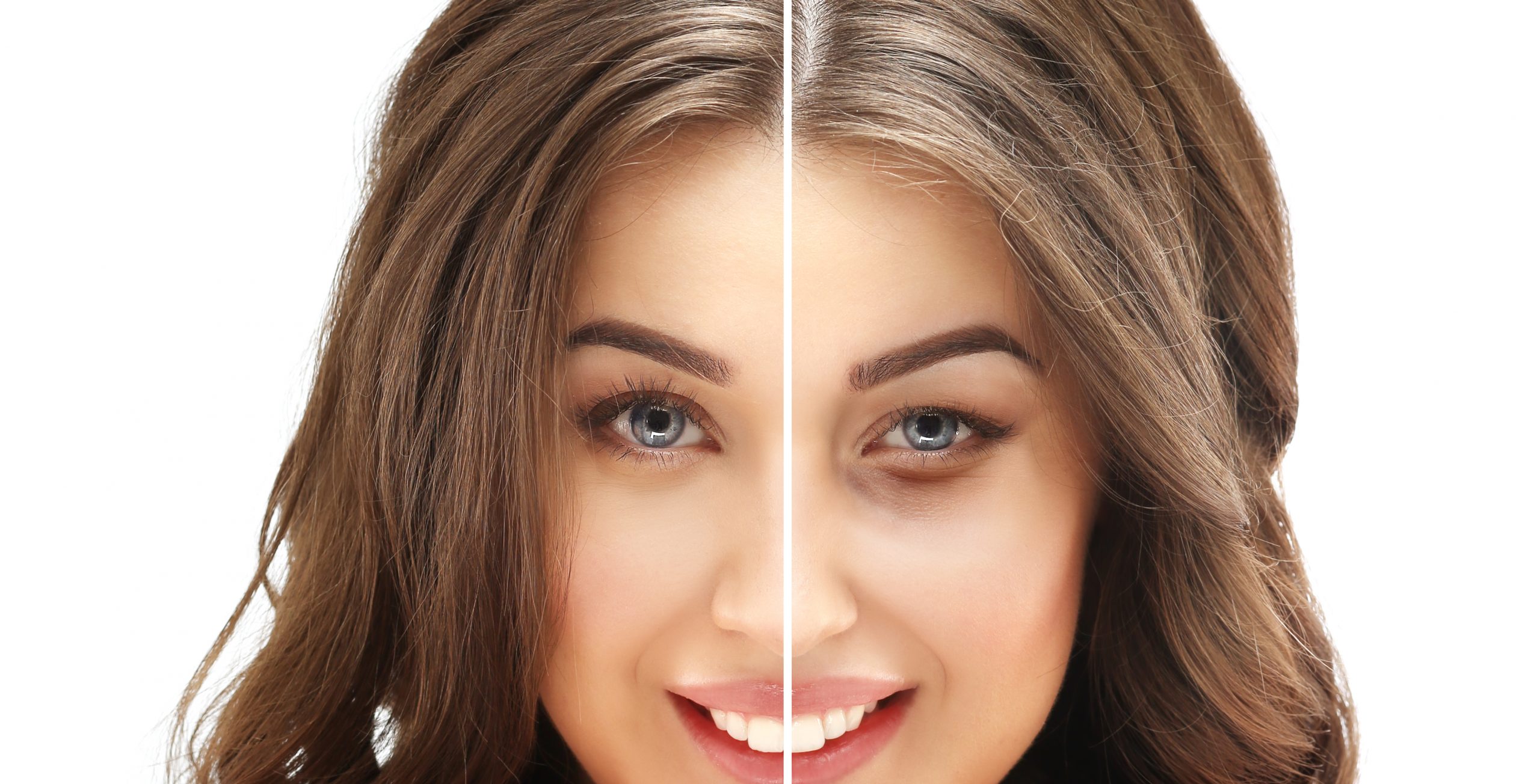New anti-aging treatments crop up all the time. Some sound more like weird science than reality, while others are deep-rooted in pure, clinical science and achieve results once only imaginable. The latest treatment that stands in its own corner is Renuva.
Renuva is a fat-stimulating matrix that prompts the body to produce more fat in areas where the face and body lose it. Unlike traditional fillers, Renuva calls upon the body’s ability to restore the volumetric changes and shifts that commonly occur with age without constantly reinjecting or refilling a particular facial feature. Some patients also love the ‘natural’ component that Renuva offers, especially those who are opposed to the idea of injecting a foreign (albeit safe) material into their face.
But it’s not just the natural factor that has patients opting for Renuva over traditional fillers and injectables. Filler fatigue is causing the pendulum to swing the other way, too. “Filler fatigue and the distortion of normal anatomy with excessive or inappropriately-placed soft tissue fillers is a huge problem,” says Dr. Jeff Lisiecki, Aesthetic Surgery Fellow at Dallas Plastic Surgery Institute (Directed by Dr. Bradley Hubbard). “The management typically involves dissolving the filler (if it’s hyaluronic acid filler), performing any surgical corrections, and restoring appropriate volume in the appropriate place. We typically use fat to restore volume in these cases, but Renuva could be used in some areas, like the cheeks,” he explains.
How Does Renuva Work?
Renuva is injected just like a typical filler, but it works differently. Instead of relying on a hyaluronic acid to draw water to the area and plump it or having a biostimulatory effect of inducing collagen for volume, Renuva acts as a framework that is gradually replaced with your fat cells. “The idea is that this matrix is a tissue scaffold, like a honeycomb of proteins, that provides an environment that stimulates fat cells to grow and restore volume,” says Dr. Lisiecki. In addition, Renuva contains collagen, growth factors, and proteins typically found in fat. “It is a trending treatment because so many doctors and patients have recognized the importance of restoring volume, especially in the treatment of facial aging, but also elsewhere in the body,” he adds.
Besides creating new fat, its longevity factor makes it stand apart. A single Renuva treatment (in some, a secondary session is necessary) can provide long-lasting volume that stays for up to 10 years. However, patience is a virtue. While there are some immediate volumizing benefits and a glow to the skin, the full results take three months to set in.
The Best Areas for Renuva
 Hyaluronic acid fillers are compatible with most facial features, but Renuva isn’t. Dr. Lisiecki says Renuva works in most places where subcutaneous fat volume is lost. “It does well in some areas we typically treat with fillers or fat grafting, such as the cheeks. But certain areas, like the lips and nasal dorsum, should not be treated with Renuva and are better managed with other fillers,” he shares. Renuva is also effective in the nasolabial folds, temples, and jawline.
Hyaluronic acid fillers are compatible with most facial features, but Renuva isn’t. Dr. Lisiecki says Renuva works in most places where subcutaneous fat volume is lost. “It does well in some areas we typically treat with fillers or fat grafting, such as the cheeks. But certain areas, like the lips and nasal dorsum, should not be treated with Renuva and are better managed with other fillers,” he shares. Renuva is also effective in the nasolabial folds, temples, and jawline.
But it’s not just the face where Renuva stimulates fat for a volumizing effect. It’s popular to use in the hands, hip dips, to correct breast implant rippling, and even to smooth out small cellulite divots. Dr. Lisiecki says Renuva has also been used in reconstructive surgery to fix small contour irregularities after soft tissue trauma.
To achieve the best results, Dr. Lisiecki advises not injecting Renuva very superficially into fine lines in the skin. Instead, it must be injected into the deeper layers where fat lives for it to work its magic and generate fat production.
An Alternative to Fat Transfer
For all the good that fat transfer offers, not everyone is willing to go under the knife. Since Renuva doesn’t require a donor site, it eliminates the step of harvesting fat with liposuction, Dr. Lisiecki says. “This makes it simpler to use outside of the operating room and removes any risk of problems at the donor site like contour irregularities,” he adds. As a result, Renuva is considered an off-the-shelf substitute for fat transfer.
What Else You Need to Know
Compared to other injectables and fillers, Renuva prices are almost double those of traditional fillers. 1. 5ccs of Renuva will set you back a little more than $1,000 according to the BuildMyHealth pricing index.

The notion of overfilling with Renuva is one that most doctors say to stay away from (that’s the case with traditional injectables and fillers, too). Dr. Lisiecki saye he’s not aware of any studies showing overgrowth of fat as a result of treatment, living fat cells grow into the treated area and he cautions against overfilling.
The Bottom Line: Although Renuva is new and a game-changer, there’s still a place in aesthetics for fillers and injectables, and they won’t be going away. “I don’t think Renuva will completely replace hyaluronic acid fillers or other injectables, but it will become a useful tool to replace small-volume fat grafting to certain regions in the clinic setting,” Dr. Lisiecki says. “Other fillers have unique characteristics that are preferable in certain areas, such as hyaluronic acid fillers in the lips or calcium hydroxyapatite-based fillers for bony augmentation.” After all, it’s just another mode of treating the signs of aging.
Written by Elise Minton Tabin




